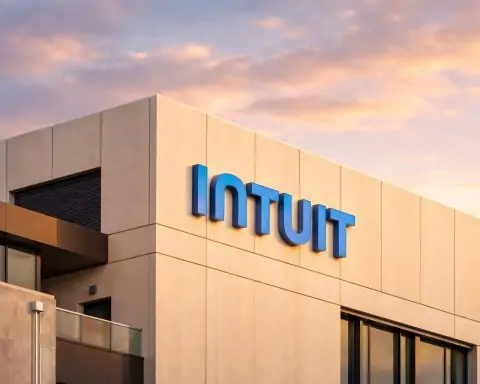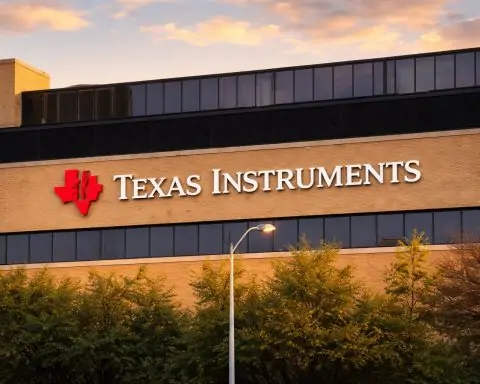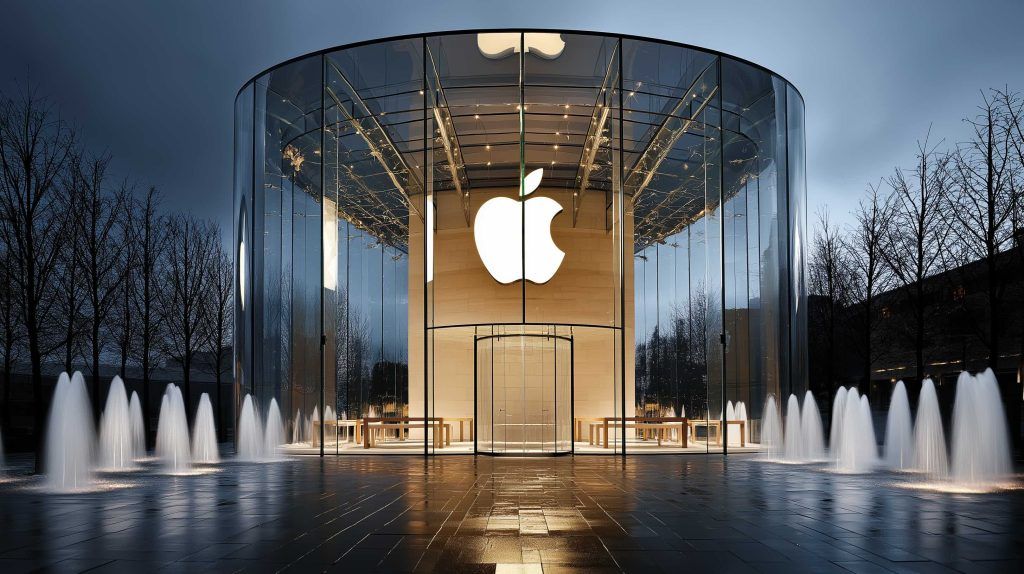Last updated: November 9, 2025. This preview covers catalysts likely to matter at Monday’s open.
Key takeaways
- Shares are near record territory after a strong week; AMZN closed Friday at $244.41, with a 52‑week range of $161.38–$258.60 and market cap around $2.61T. [1]
- The biggest new catalyst: OpenAI signed a 7‑year, $38B cloud deal to run workloads on AWS, boosting Amazon’s AI narrative and the stock. [2]
- Q3 2025 topped expectations on growth and mix: revenue $180.2B (+13% y/y), AWS sales +20% to $33.0B, and ad revenue +24% to $17.7B. Q4 guidance: sales $206–$213B, operating income $21–$26B. [3]
- Costs and legal items are front‑of‑mind: Amazon booked $2.5B tied to an FTC settlement and $1.8B in severance linked to its corporate restructuring. Refunds for eligible Prime customers begin by Dec. 25, 2025. [4]
- Retail momentum into the holidays: Amazon expanded its low‑cost marketplace (Bazaar/“Haul”) to 14 more countries, underscoring price competition with Shein/Temu heading into Black Friday (Nov. 28). [5]
Where AMZN stands heading into Monday’s open
Price & positioning. AMZN finished Friday, Nov. 7, at $244.41. The 52‑week high sits at $258.60 and the all‑time closing high was logged earlier this month, keeping shares within striking distance of records. Market cap is roughly $2.61T. [6]
Momentum check. After Q3 and the OpenAI news, Amazon’s four‑day run last week pushed the name firmly back into the “AI winners” conversation. [7]
1) The OpenAI–AWS partnership: a fresh AI tailwind
OpenAI and Amazon Web Services announced a multi‑year, $38B agreement giving OpenAI immediate access to AWS compute (including large‑scale Nvidia capacity), with ramp through 2026. Beyond the headline dollars, this is a validation of AWS’s scale and a potential multiyear revenue stream supporting AWS growth and utilization. [8]
Why it matters for AMZN stock at the open:
- Sentiment & multiple: The deal reframes AWS as a top‑tier AI infrastructure provider for the most demanding workloads—supportive for sentiment and for longer‑term margin durability. [9]
- Near‑term trading: The announcement sparked a sharp move higher last week; traders will watch for follow‑through as details trickle out and analysts update models. [10]
2) Q3 2025: Reacceleration where it counts, and a confident holiday guide
Headline numbers from the company’s Q3 release (quarter ended Sept. 30):
- Revenue:$180.2B (+13% y/y).
- AWS:$33.0B (+20% y/y) with $11.4B in operating income; trailing‑twelve‑month AWS operating margin ~36%.
- Advertising services:$17.7B (+24% y/y).
- Net income:$21.2B (includes a $9.5B pre‑tax gain from the Anthropic investment).
- Charges:$2.5B related to the FTC settlement and $1.8B severance tied to planned role eliminations.
- Q4 outlook: sales $206–$213B (+10%–13% y/y) and operating income $21–$26B. [11]
What to watch Monday:
- Mix & margin: The combination of AWS mix and ad growth is margin‑accretive—key for how investors frame 2026 EPS. [12]
- Guide credibility: With holiday guidance in hand, any incremental datapoint on early‑November demand (shipping speeds, stockouts, deal intensity) can sway pre‑open sentiment.
3) Cost actions and regulatory overhang
- Restructuring: Amazon said it will cut about 14,000 corporate roles, part of a broader AI‑driven efficiency push; the Q3 report reflected $1.8B in severance accruals. [13]
- FTC settlement: The $2.5B agreement covers alleged “dark patterns” in Prime sign‑ups; regulators say $1.5B goes to consumer redress, with automatic refunds by Dec. 25, 2025 and a broader claims process in 2026. Investors will monitor any operational changes to Prime sign‑up/cancellation flows. [14]
Read‑through for shares: The one‑time legal and severance charges dampened operating income optics in Q3 but clear some uncertainty into Q4. Watch for any additional disclosures on headcount timing or Prime policy updates that could affect churn or ad reach. [15]
4) Retail & ad business into the holidays
- Low‑price push: Amazon expanded its budget marketplace Bazaar (called Haul in the U.S.) to 14 more markets, sharpening its price‑value proposition versus Shein and Temu—timely ahead of Black Friday on Nov. 28. [16]
- Grocery convenience: The company is rolling out same‑day delivery for perishable groceries to over 1,000 U.S. cities, with plans to reach 2,300 by year‑end—another lever for order frequency during peak season. [17]
- Advertising flywheel: Prime Video ads launched globally over the past two years; the ad unit delivered 24% y/y revenue growth in Q3. Keep an eye on ad loads and brand demand as holiday campaigns ramp. [18]
5) AWS product cadence and capacity buildout
AWS has been busy on the supply side:
- Project Rainier: a massive AI compute cluster (nearly 500,000 Trainium2 chips) now online to power next‑gen model training, including Anthropic’s Claude roadmap; AWS has added 3.8 GW of power capacity over the past year. [19]
- New instances & chips: AWS highlighted new EC2 offerings and the ramp of custom silicon (Trainium2), which should support price‑performance and help defend margins as AI demand scales. [20]
Why it matters at the open: Investors will parse how much of the capacity expansion translates into near‑term revenue (e.g., OpenAI drawdown) versus 2026+ backlog. [21]
Street setup and sentiment
Consensus remains bullish into year‑end, with many price targets clustered in the high‑$200s after the AI news and Q3 beat; recent updates include calls around $280–$305. As always, target ranges are fluid and can shift with pre‑open notes. [22]
One more thing to watch
Operations & reliability: A mid‑week disruption showed up on Downdetector but subsided quickly; any sign of broader fulfillment or site instability during peak would be market‑sensitive. [23]
AMZN snapshot (for Monday, Nov. 10, 2025)
- Ticker / Exchange: AMZN / Nasdaq
- Prev. close (Nov. 7):$244.41
- Market cap: ~$2.61T
- 52‑week range:$161.38–$258.60
- Next seasonal catalyst:Black Friday – Nov. 28, 2025 [24]
Bottom line
Heading into the Nov. 10 open, AMZN’s tape is being driven by AI credibility (OpenAI–AWS), AWS growth re‑acceleration, and holiday execution, with regulatory/layoff noise largely quantified in Q3. Near‑term trading likely hinges on follow‑through from the OpenAI partnership and any early holiday demand reads. [25]
This article is for information purposes only and is not financial advice. Do your own research.
References
1. finance.yahoo.com, 2. www.reuters.com, 3. s2.q4cdn.com, 4. s2.q4cdn.com, 5. www.reuters.com, 6. finance.yahoo.com, 7. www.bloomberg.com, 8. www.reuters.com, 9. www.reuters.com, 10. www.reuters.com, 11. s2.q4cdn.com, 12. s2.q4cdn.com, 13. www.reuters.com, 14. www.ftc.gov, 15. s2.q4cdn.com, 16. www.reuters.com, 17. www.reuters.com, 18. s2.q4cdn.com, 19. www.reuters.com, 20. s2.q4cdn.com, 21. www.reuters.com, 22. www.marketbeat.com, 23. www.reuters.com, 24. finance.yahoo.com, 25. www.reuters.com







